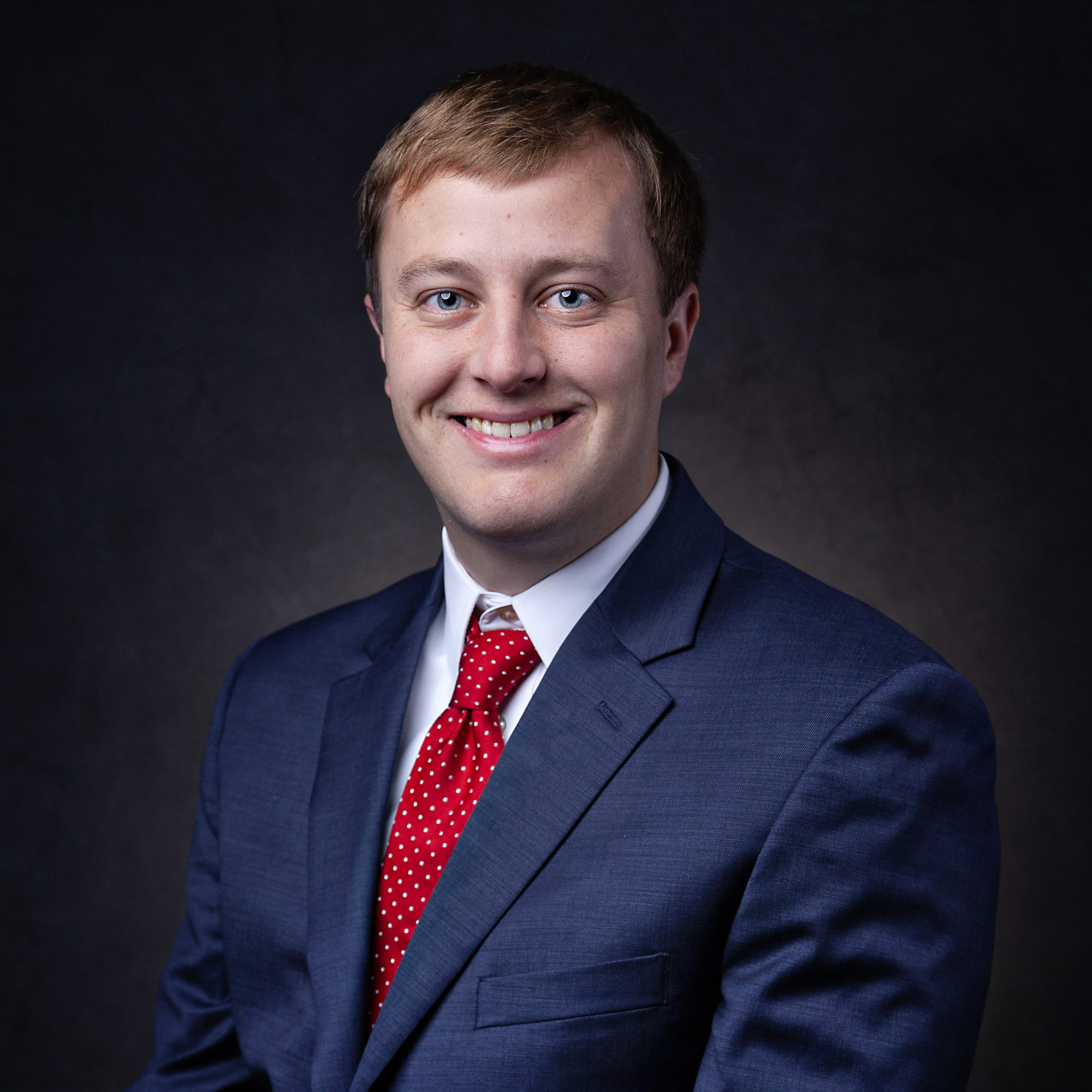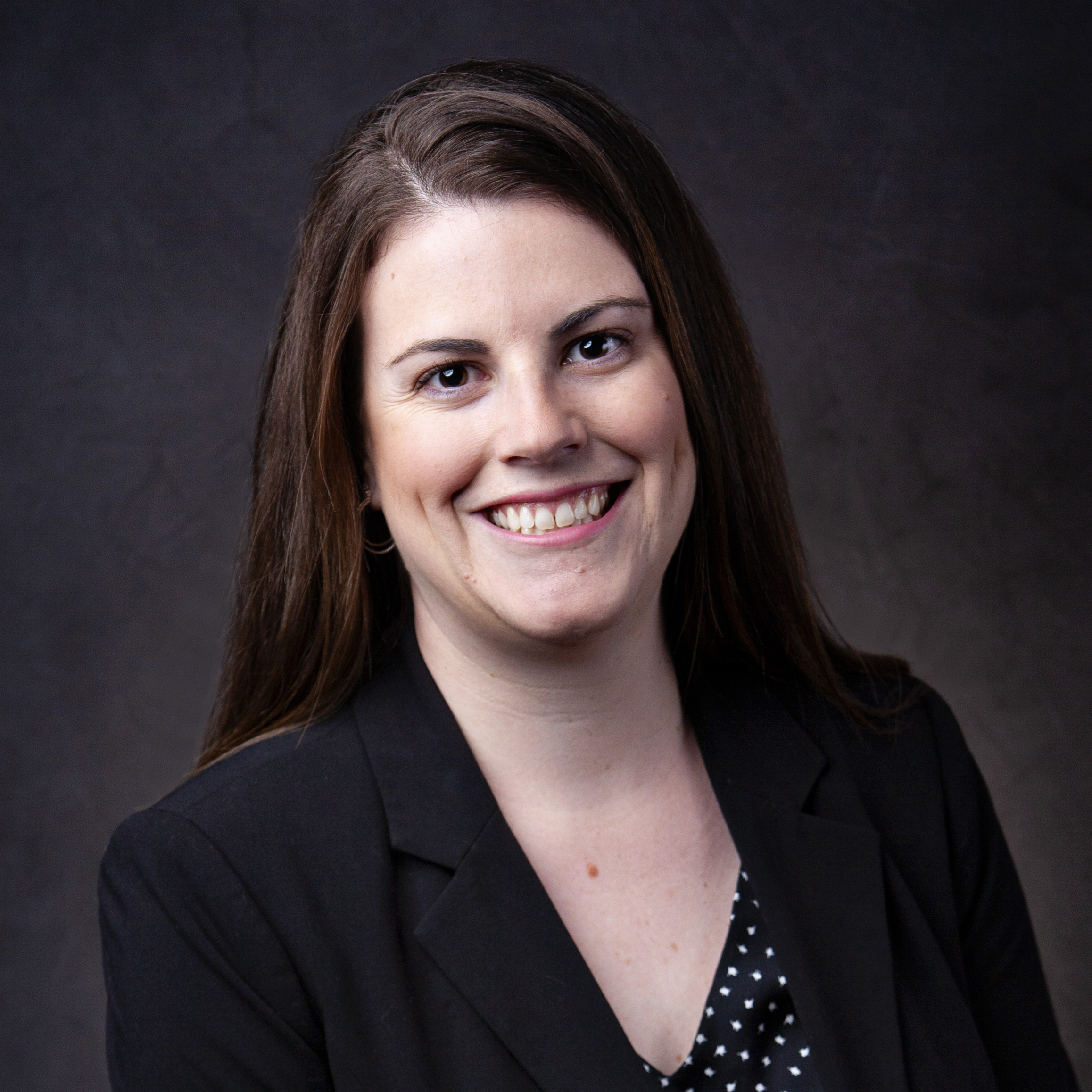Changes were made to retirement plans due to the enactment of the Secure 2.0 law. One of the provisions provides employers the opportunity to help staff in times of emergency.
This is done through “pension-linked emergency savings accounts.”

Effective for plan years beginning January 1, 2024, SECURE 2.0 permits a plan sponsor to amend its 401(k), 403(b) or government 457(b) plan to offer emergency savings accounts that are connected to the plan.
Basic distribution rules
If a retirement plan participant withdraws money from an employer plan before reaching age 59½, a 10% additional tax or penalty generally applies unless an exception exists. This is on top of the ordinary tax that may be due.
The goal of these emergency accounts is to encourage employees to save for retirement while still providing access to their savings if emergencies arise. Under current law, there are specific exceptions when employees can withdraw money from their accounts without paying the additional 10% penalty but they don’t include all of the emergencies that an individual may face. For example, while participants can take penalty-free distributions to pay eligible medical expenses, they can’t take them for car repairs.
Here are some features of pension-linked emergency savings accounts:
- The accounts can only be offered to employee-participants who aren’t highly compensated. In general, a highly compensated employee is one who is a 5% or more owner of a business or has compensation in the preceding year that exceeds an indexed limit (for 2024, $150,000 or more of compensation in 2023).
- Plan sponsors can automatically enroll employee-participants in these accounts at up to 3% of their salary. Plan participants may opt out of making these contributions or pick a different rate to be taken from their pay.
- Annual contributions are capped at the lesser of $2,500 (indexed for inflation) or an amount chosen by the plan sponsor.
- Contributions to pension-linked emergency savings accounts are made on a Roth after-tax basis. Contributions reduce an employee’s other retirement contributions that can be made to a plan.
- A participant must be allowed to make withdrawals from his or her account at least once per month. No reason needs to be provided and a participant must not be subject to any fees or charges for the first four withdrawals from the account each plan year. (However, subsequent withdrawals may be subject to reasonable fees and charges.)
Another option to help employees
In addition to these accounts, SECURE 2.0 adds a new exception for certain retirement plan distributions used for emergency expenses, which are defined as unforeseeable or immediate financial needs relating to personal or family emergencies. Only one distribution of up to $1,000 is permitted a year, and a taxpayer has the option to repay the distribution within three years. This provision is effective for distributions beginning January 1, 2024.
Determine whether there’s time
In addition to what is outlined here, other rules apply to pension-linked emergency savings accounts. The IRS is likely to issue additional guidance in the next few months. Be aware that plan sponsors don’t have to offer these accounts and many employers may find that they need more time to establish them before 2024. Or they may decide there are too many administrative hurdles to clear. Contact your Rudler, PSC advisor at 859-331-1717 with questions.
RUDLER, PSC CPAs and Business Advisors
This week's Rudler Review is presented by Drew Sullivan, Senior Accountant and Lisa Dooley, CPA.
If you would like to discuss your particular situation, contact Drew or Lisa at 859-331-1717.


As part of Rudler, PSC's commitment to true proactive client partnerships, we have encouraged our professionals to specialize in their areas of interest, providing clients with specialized knowledge and strategic relationships. Be sure to receive future Rudler Reviews for advice from our experts, sign up today !